THE IMPORTANCE OF FAMILY
Bruce's Beat 3-30-2016
I once heard Tom Olbricht in a lecture at Ohio Valley University talk about the importance of families to the Restoration movement. He said families who passed on a legacy of faith in Christ from one generation to another to another were crucial in the advancement of the Restoration plea. Often these great families became connected and intertwined with other families of faith through marriage.
Think of the Batsell Baxter families, or the Jesse Sewell families and their impact on ministry, Christian education, and Christian media. Their stories can be found on other websites devoted to the Restoration movement. But there are also examples that occurred in the heart of the Ohio Valley.
The Muskingum River valley was home to some families of distinction in the story of the Restoration movement in the first half of the 20th century. In Perry County, Ohio the Anguish and Butterfield names are found in the early history of the church meeting at Shawnee, Ohio. (Charles, 1). William (Frank) and Harry Anguish served as two of the elders in the congregation when it newly formed coming out of the Christian Church digression (Maple, 13). As a testimony to the power of family, in 1921, Frank and his wife Mary Ellen celebrated their 60th wedding anniversary (Faires, 9). From this union was born Doward Anguish who eventually owned the Christian Leader and also served on the Board of Harding College. Two Anguish brothers became preachers, Kenny and Ralph. Ralph Anguish’s son David is also a preacher, currently ministering in the Memphis area.
Also coming from the Shawnee congregation were two brothers who became well known preachers in the Ohio Valley – George and Tom Butterfield, Sr . George Butterfield died prematurely at age 48, but his influence was carried on by his brother Tom (Obituary, 11). Tom played an important role with a ministry of preaching in the Upper Ohio Valley over five decades. The Anguish and Butterfield families became interwoven as both George and Tom married Anguish daughters, Emma and Rose Anne, respectively. Two of Tom, Sr.’s sons became preachers, Tom, Jr. and Bill.
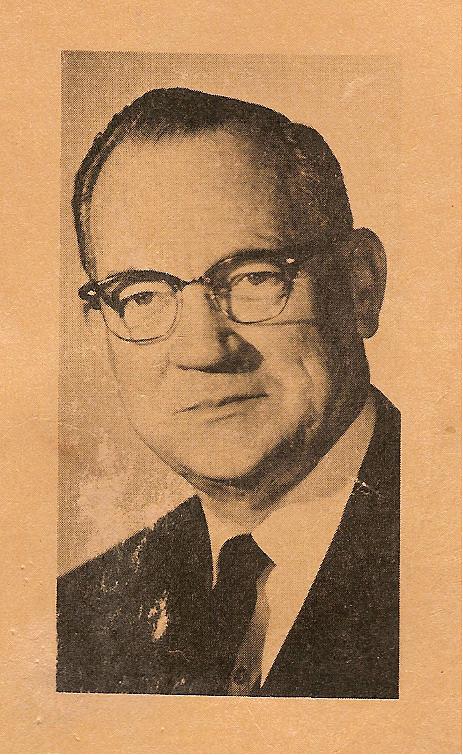
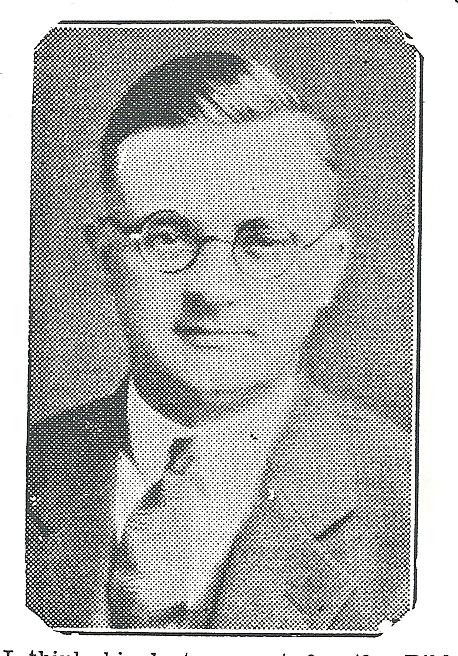
Tom W. Butterfield George W. Butterfield
A little further up the Muskingum River was the small community of Triadelphia, Ohio. From this place would come a line of preachers by the name of Bankes. The patriarch of this preaching family was Harley William Bankes. Harley exercised a long ministry, mostly as an itinerant evangelist in Ohio and West Virginia. Tom Butterfield, Sr. gave this evaluation of Bankes’ ministry: “Perhaps no preacher of our generation touched and helped more souls in the Ohio-West Virginia-Pennsylvania area. . . . His knowledge of the Bible was amazing, as was his ability to teach it. I last heard him preach when he was ninety-three years old and still marveled at his ability to quote every verse he used. His sermons were always filled with quotations from the word of God.” (Butterfield, 335). Bankes had three sons, Harold, Russell, and Walter who all became preachers, as well as a son-in-law, C. N. Thomas. Three grandsons, Robert, Russell, Jr. and Harold Hill also became preachers. (Baxter & Young, 26-27). Through marriage the Bankes family became interwoven with the Jones family of West Virginia. Two Jones brothers, Mark and Ben, are currently preachers serving in the Ohio Valley.
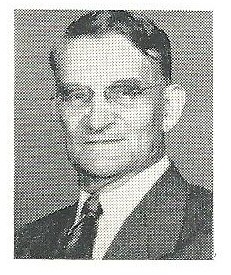
Harley W. Bankes
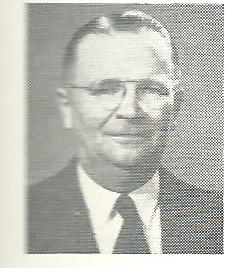
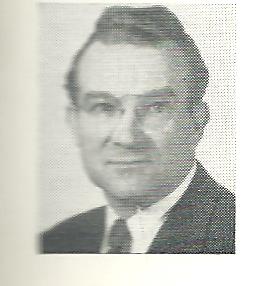
Russell H. Bankes Walter E. Bankes
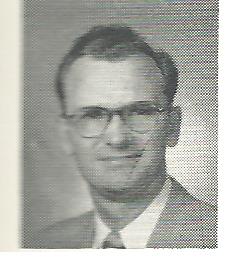
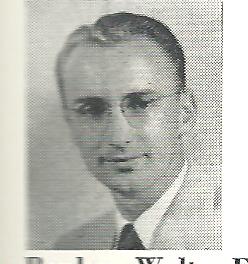
Robert D. Bankes Russell H. Bankes, Jr.
Perhaps the single greatest difference in churches in the Upper Ohio Valley between the 1950’s and today is found in the faithfulness of families. Before the 1960’s, the families cited here: the Anguishes, the Bankes, the Butterfields; I believe were typical of most families in congregations. These families formed the backbone of congregations throughout the region and helped to promote the gospel message through outreach to local communities. Over the last generation however, families in Restoration churches have mirrored the decline of the family in society at large. Divorce rates are nearly the same; single parent families have increased; unfaithful children sometimes outnumber those who are faithful. As the family has declined and weakened so have churches. If New Testament Christianity is to succeed in the world, then it must be demonstrated that it succeeds in the home first.
Since families are crucial in the life of congregations and Christian ministry, then all that can be done to strengthen them should be a part of the focus of congregational ministry. Helping families to be stabilized in faith, and giving instruction in practical matters of raising children, managing a budget, and similar subjects is not peripheral to the mission of the Church, but at the heart of how to build strong congregations. This teaching must counter the influence of a culture that rejects a Judeo-Christian view of marriage, sexual identity and the home.
Works Cited
Baxter, Batsell Barrett and M. Norvel Young, eds. Preachers of Today. Nashville: Williams Printing, 1952.
Butterfield, George W. “Obituary,” Christian Leader (20 November 1945):11.
Butterfield, Tom W. “At Rest” Gospel Advocate (23 May, 1968): 335.
Charles, Pearl. History of Shawnee Church of Christ, unpublished.
Faires, Mrs. Russell. “Sixtieth Wedding Anniversary,” Christian Leader (10 May, 1921):9.
Maple, Otto Delton. “Bro. Maple’s Effort to Establish Church of Christ at Shawnee, O.” Christian Leader (29 May, 1917): 13.
